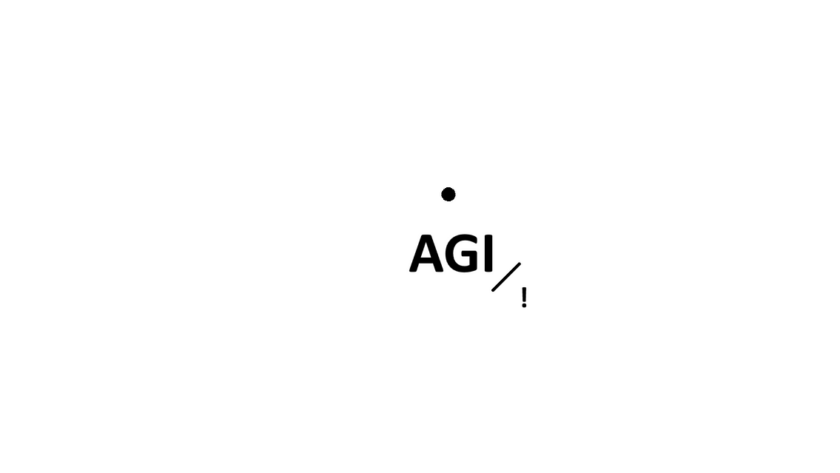We all know the usual Time Intelligence function based on years, quarters, months, and days. But sometimes, we need to perform more exotic timer intelligence calculations. But we should not forget to consider performance while programming the measures. Introduction There are many Dax functions in Power BI for Time Intelligence Measures. The most common are: You…











